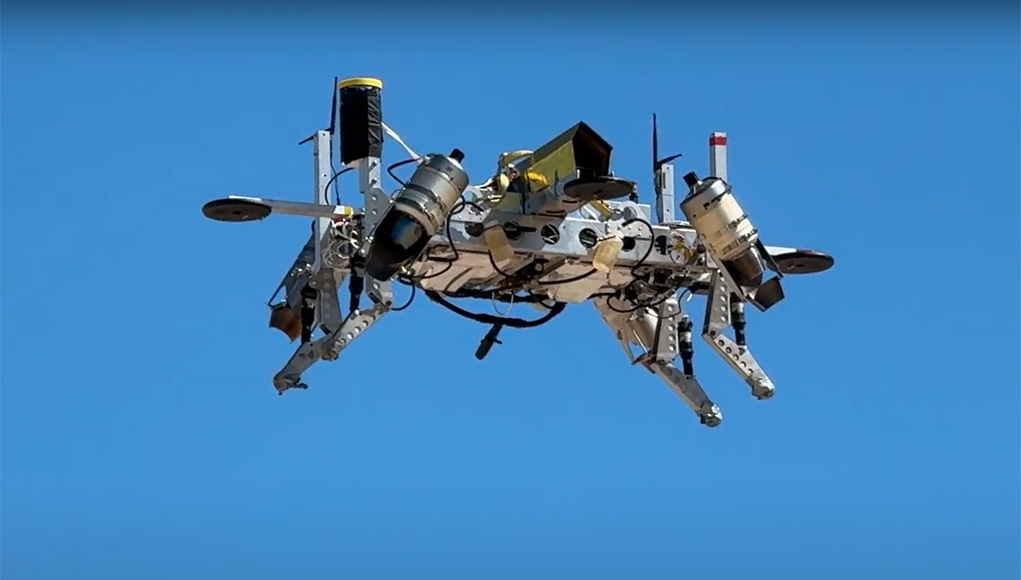Mayman Aerospace has completed a series of flight tests of a testbed platform designed to surrogate the RAZOR P100. These tests validated the platform’s avionics, propulsion, and control systems using the same propulsion, engine gimballing, thrust vectoring, and flight control systems. With projected speeds exceeding 450 knots (approximately 500 mph), the RAZOR offers capabilities far beyond rotor-based propulsion, enabling it to intercept drones and precisely deliver payloads.
As a multi-mission aerial platform, the RAZOR demonstrated its ability to transition from hover mode to high-speed winged flight, a critical feature for rapid deployment in Intelligence, Surveillance, and Reconnaissance (ISR) operations. The aircraft will be able to support Air-to-Air and Air-to-Surface missions, carrying Brimstone, Hellfire, and Sidewinder guided missiles, with a range exceeding 300 kilometers (200 miles).

During the tests, the RAZOR flew seven autonomous mission sets. According to Dr. Manu Sharma, Chief Engineer at Mayman Aerospace, the primary goal was to validate recent software and control-law updates, particularly the transition from hover mode, where the engines are canted outwards, to winged flight mode, where all engines are aligned in the same direction. This transition is crucial for achieving high-speed flight. The tests also increased autonomous flight time, particularly for takeoff and landing, enhancing confidence in the system’s reliability.
These flight tests were conducted under the Other Transaction Authority (OTA) contract that Mayman Aerospace holds with the U.S. Department of Defense. Since 2016, the company has built four full-scale prototypes and is preparing for additional tests. Production of the P100 model is scheduled to begin by 2025.
The SkyField mesh system is designed to respond intelligently to command and control decisions, whether operated by Human-in-the-Loop (HITL) oversight or autonomously in GPS-denied or compromised environments. Commanders can confidently deploy assets through real-time decision support powered by actionable AI recommendations, with human operators retaining final decision-making authority.
David Mayman, CEO of Mayman Aerospace, foresees VTOL aircraft playing a vital role in future conflicts, particularly in contested environments where traditional airfields may not be viable. The RAZOR platform’s versatility and speed are expected to be crucial in these scenarios. The RAZOR aircraft is fully scalable, and the team plans to develop P100, P500 and P1000 variants.
Mayman Aerospace continues integrating AI-driven technologies, including its SkyField navigation and control system, which provides dynamic battlefield awareness to enhance operational efficiency. The company’s dual-use approach extends beyond military applications, targeting civilian sectors for disaster recovery, rescue operations, and rapid cargo delivery. After achieving military certification and completing extensive flight testing, Mayman Aerospace aims to supply the civilian market with RAZOR.
Originally published Jet-Powered RAZOR VTOL Shows Progress in Recent Flight Tests on by https://defense-update.com/20240929_razor-p1001-auv.html?utm_source=rss&utm_medium=rss&utm_campaign=razor-p1001-auv at Defense Update
Originally published Defense Update